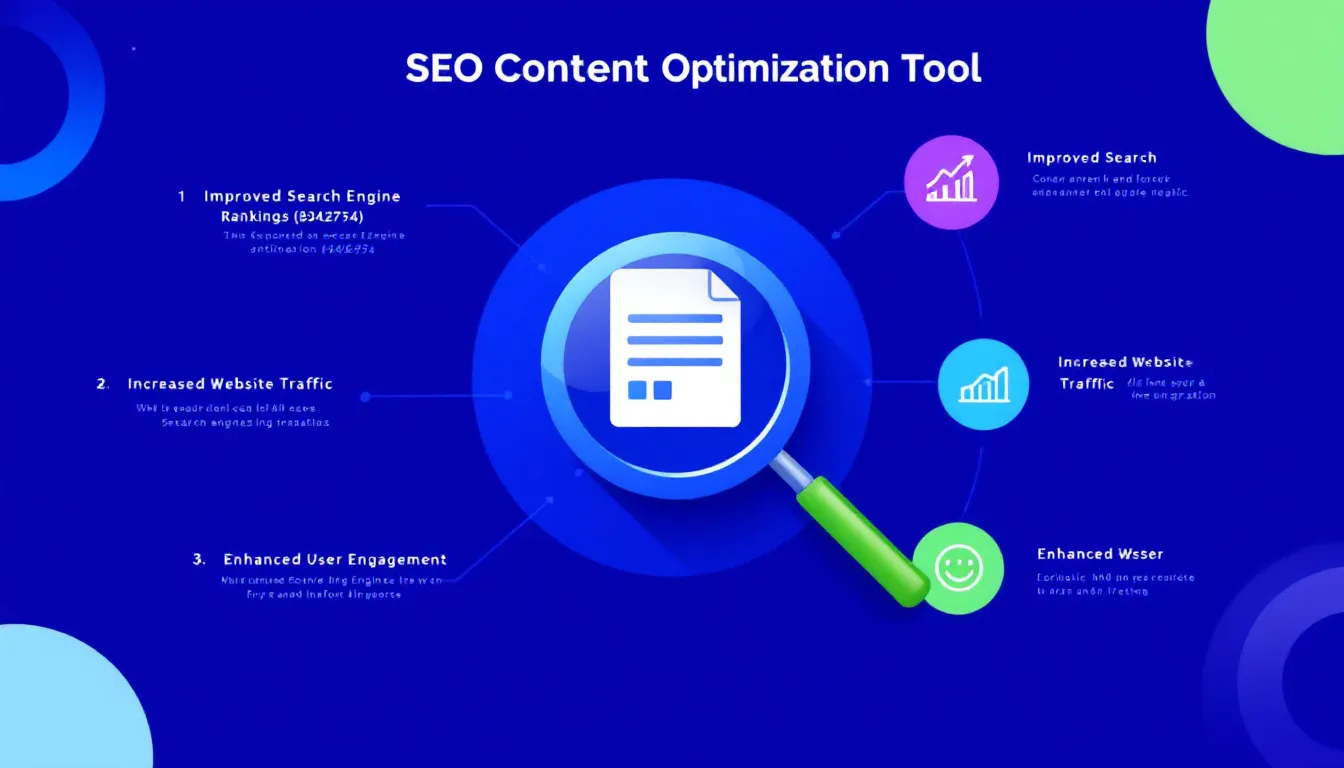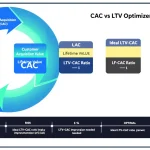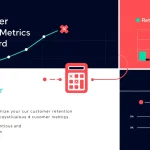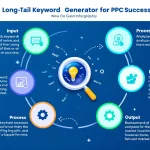SEO Text Optimizer
Is this tool helpful?
How to Use the SEO Content Optimization Tool Effectively
You can use this tool to enhance your content for better search engine visibility by following a simple process. Here’s how to get the most out of it:
- Enter Your Original Text: Paste the content you want to improve. For example, you might input a travel article about “Top Family Destinations in Europe” or a product description for “Wireless Noise-Cancelling Headphones.”
- Specify Your Target Keyword: Add the primary keyword you want to rank for. Examples include “family travel tips” or “best wireless headphones.”
- Add Relevant Terms (Optional): Include related keywords or phrases to naturally diversify your content. You could add “budget travel, kid-friendly resorts, travel packing checklist” for family travel or “Bluetooth earbuds, active noise cancellation, battery life” for headphones.
- Click “Optimize Text”: After filling in the fields, start the process by clicking the button. The tool will optimize your content based on your inputs.
- Review the Optimized Content: The tool will produce an improved version of your text with the target keyword used at approximately 3% density, integrated smoothly with related terms.
- Copy and Use Your Content: Once you’re happy with the optimized text, copy it and use it on your website, blog, product page, or wherever you want better search visibility.
What Is the SEO Content Optimization Tool and Why Use It?
This tool helps you improve your writing so search engines clearly understand your content’s focus. It takes your original text and adjusts it to include your target keyword around 3% of the time while seamlessly adding related keywords. This balance helps your pages rank higher without sounding forced or repetitive.
You’ll find the tool boosts your content’s search engine performance by ensuring:
- The right amount of keyword usage without keyword stuffing
- Natural, readable language that appeals to your audience
- Inclusion of long-tail keywords and related terms to capture more search queries
- Strategic placement of keywords in titles, headings, and body text
Using this tool saves you time and effort while helping your website attract more organic traffic through enhanced SEO content.
Practical Uses for the SEO Content Optimization Tool
The tool fits a wide range of users and content types. Here are some examples of how it helps:
1. Blogging and Articles
Transform your blog posts by weaving in keywords naturally. For example, optimize a post about “Healthy Meal Prep Ideas” to rank for phrases like “easy meal prep recipes,” “nutritious lunch options,” and “weekly meal planning.”
2. E-commerce Product Pages
Boost product visibility by targeting specific keywords. A description for “organic skincare products” can include terms such as “natural ingredients,” “vegan beauty products,” and “cruelty-free skincare.”
3. Local Business Service Pages
Improve local SEO by optimizing pages with location-specific keywords. For a landscaping business in Miami, you might optimize for “Miami lawn care services,” “residential landscaping Miami,” and “commercial garden maintenance.”
4. Academic and Research Abstracts
Enhance abstracts for academic papers to increase visibility in search databases by including targeted phrases like “gene editing techniques,” “CRISPR technology advances,” and “genomic data analysis.”
Understanding Keyword Density and Optimization
The tool aims to reach a keyword density of approximately 3%, which balances SEO impact with readability. Keyword density is calculated as:
$$ \text{Keyword Density} = \frac{\text{Number of keyword occurrences}}{\text{Total word count}} \times 100\% $$For example:
Example Calculation
If you have a 600-word article and your target keyword is “digital marketing tips,” the tool will include your keyword about 18 times:
$$ 600 \times 3\% = 18 \text{ keyword occurrences} $$The placement is natural, with keywords distributed in titles, headings, and body content to avoid keyword stuffing.
Beyond Keyword Density
The tool also considers:
- Keyword prominence: Prioritizing keywords in headings and the first paragraph
- Semantic relevance: Incorporates related phrases and long-tail keywords for broader reach
- Natural language processing: Ensures the optimized content reads smoothly without awkward phrasing
- Content structure: Suggests keyword placement in headings and subheadings for improved SEO value
Addressing Common SEO Content Challenges
1. Natural Keyword Integration
Instead of inserting keywords unnaturally, the tool blends them so your content stays engaging and readable. This helps maintain user interest while meeting SEO requirements.
Example:
Original text: “Running helps maintain cardiovascular health and supports weight management.”
Optimized (targeting “benefits of running”): “Discover the benefits of running, which improve cardiovascular health and support effective weight management for overall wellness.”
2. Balancing Keyword Density
The tool helps avoid too few or too many keywords. It stays within the ideal range to improve rankings without triggering search engine penalties.
3. Using Long-Tail Keywords
By adding related terms and long-tail variations, your content ranks for a wider set of search queries, attracting more targeted traffic.
Example Keywords:
- Primary keyword: “home workout routines”
- Related terms: “bodyweight exercises at home,” “quick fitness workouts,” “beginner home exercise plans”
4. Optimizing Content Structure
The tool suggests better use of headings and subheadings with keywords to improve SEO while keeping content organized and easy to read.
Frequently Asked Questions About the SEO Content Optimization Tool
Q1: How does the tool select keywords?
You provide the primary keyword, and the tool uses algorithms to find related terms and long-tail variations that fit naturally in your content.
Q2: Can I use it for languages other than English?
Currently, it focuses on English content. Support for other languages may be added in the future.
Q3: How often should I optimize my content?
Use the tool whenever you create new content or update pages. Re-optimize key pages every few months to keep pace with SEO trends.
Q4: Will the optimized content sound unnatural?
No. The tool integrates keywords so the text remains natural and easy to read. Always review and adjust the final content to suit your style.
Q5: Can the tool help with local SEO?
Yes. Use location-specific keywords like “Austin digital marketing agency” to target local search traffic effectively.
Q6: Does the tool analyze keyword difficulty or search volume?
No. It optimizes content based on your keywords but does not provide keyword research data. Use dedicated tools for research alongside this optimizer.
Important Disclaimer
The calculations, results, and content provided by our tools are not guaranteed to be accurate, complete, or reliable. Users are responsible for verifying and interpreting the results. Our content and tools may contain errors, biases, or inconsistencies. Do not enter personal data, sensitive information, or personally identifiable information in our web forms or tools. Such data entry violates our terms of service and may result in unauthorized disclosure to third parties. We reserve the right to save inputs and outputs from our tools for the purposes of error debugging, bias identification, and performance improvement. External companies providing AI models used in our tools may also save and process data in accordance with their own policies. By using our tools, you consent to this data collection and processing. We reserve the right to limit the usage of our tools based on current usability factors.







